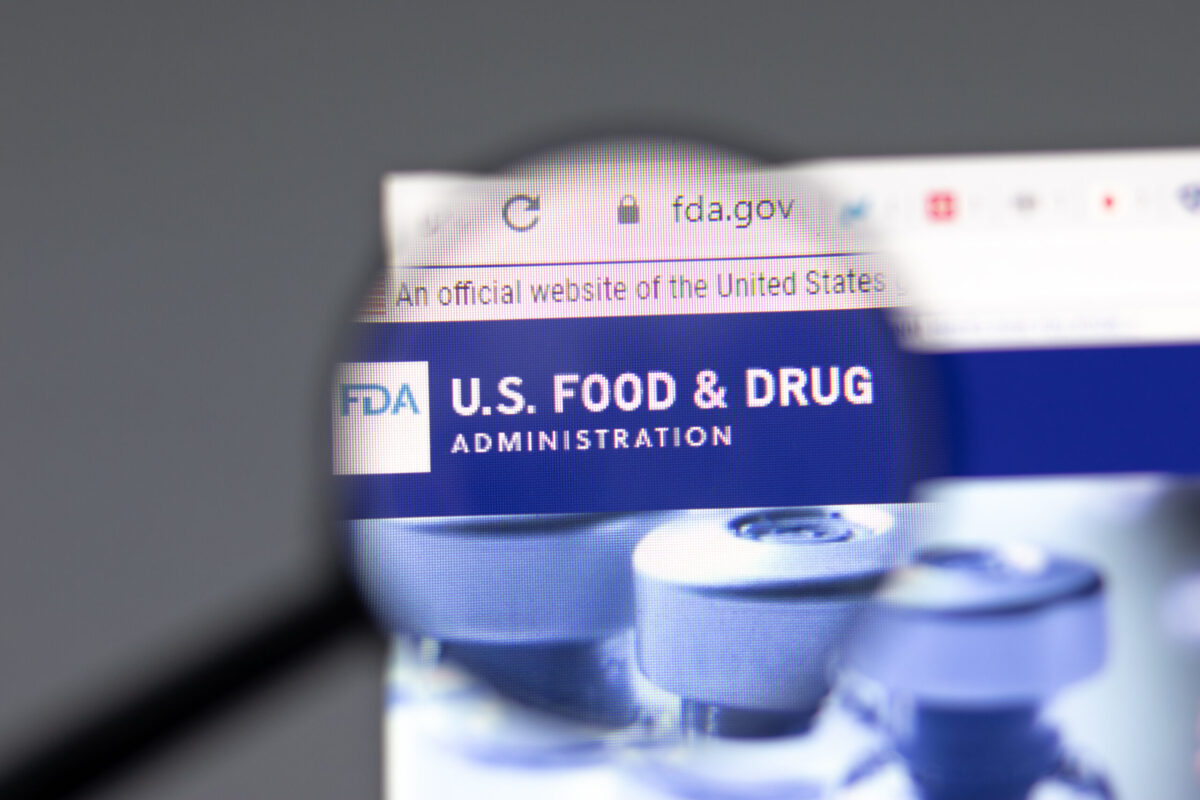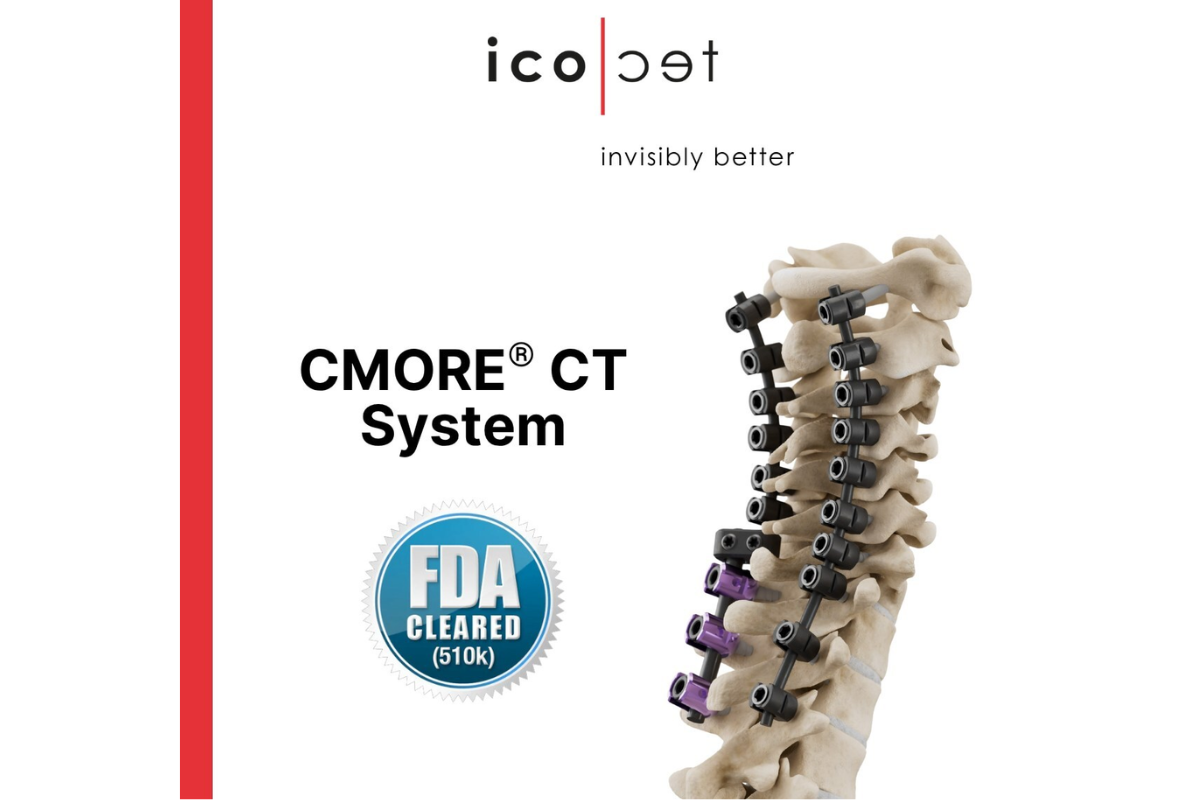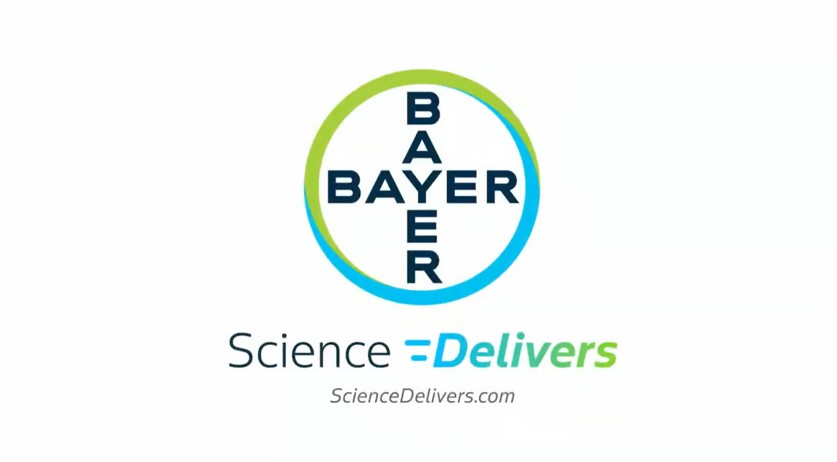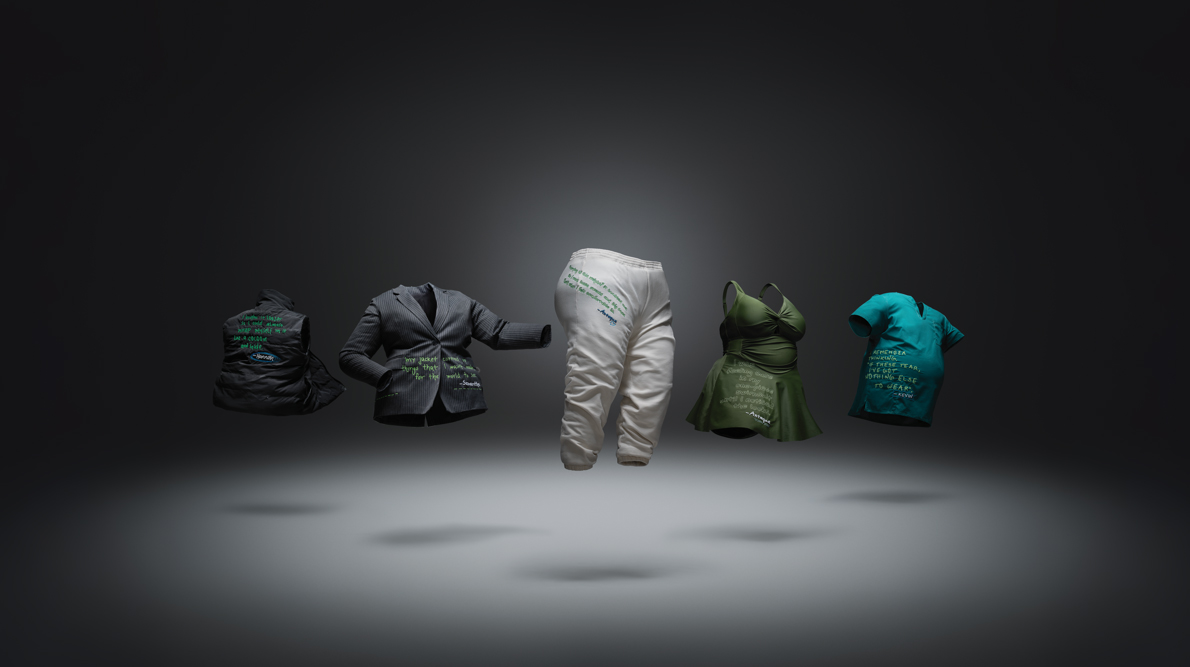A wide range of microorganisms live on healthy human skin, however some bacteria are more beneficial than others. In studying the differences in microbial makeup of healthy and non-healthy skin, researchers from the University of California San Diego School of Medicine found that some beneficial bacterial naturally produce antimicrobial peptides, which could be used to treat patients with atopic dermatitis.
The researchers screened 10,000 bacterial colonies isolated from epidermal samples to determine the differences between healthy and non-healthy skin. The research – which was published in the journal, Science Translational Medicine – could point to a novel treatment option for patients with the most common form of eczema.
“We discovered antimicrobial peptides produced by bacteria commonly found on healthy human skin,” said first author Dr. Teruaki Nakatsuji, project scientist in the Department of Dermatology at UC San Diego School of Medicine. “These novel antimicrobials have selective activity against pathogenic bacteria, but do not harm other commensal bacteria that have a beneficial effect to us.”
Specifically, Nakatsuji and his colleagues were interested in determining whether bacterial species isolated from healthy skin could produce antimicrobial agents effective against the pathogen bacteria, Staphylococcus aureus. This strain of bacteria can make skin conditions like atopic dermatitis worse, and its antibiotic resistant form – known as methicillin-resistant Staphylococcus aureus (MRSA) – is a major cause of infection-related deaths in the US.
“We discovered that healthy people have many bacteria producing previously undiscovered antimicrobial peptides, but when you look at the skin of people with atopic dermatitis, their bacteria are not doing the same thing. They have the wrong type of bacteria,” said senior author Dr. Richard Gallo, professor and chair of the Department of Dermatology at UC San Diego School of Medicine. “After isolating the good bacteria and growing it, we were able to transplant it back to people who were deficient in it and it had an immediate impact by reducing the amount of S. aureus on the skin.”
In animal models, the researchers found that transplanting beneficial antimicrobial-producing bacterial species was sufficient to eliminate S. aureus from the skin. A Phase I clinical trial was then conducted in which bacteria was isolated from healthy individuals, combined with a skin cream and applied to patients with eczema complicated by infection with S. aureus. All patients treated in this small trial saw a significant decrease in S. aureus after receiving the bacterial transplant.
“We now have a rational therapeutic approach for atopic dermatitis by using bacterial transplant technology,” said Gallo. “It appears that people with this disorder will need to have it reapplied because their body does not naturally promote the growth of these organisms. The good thing is this is easy to do because it’s just a cream.”
It’s estimated that 18 million individuals in the US suffer from atomic dermatitis, and new treatment options are badly needed for these patients. A Phase II clinical trial has now commenced to further study the safety and efficacy of this beneficial bacterial application, and whether the transplant can provide prolonged protection against S. aureus and improvement of atopic dermatitis.
“Using a natural antibiotic produced by the skin microbiome is superior to current pharmaceutical approaches because the bacteriotherapy does not kill protective bacteria strains,” said Nakatsuji. “Antibiotic resistance is not likely to occur because the bacteria therapy is attacking pathogens by multiple different ways at once.”












Join or login to leave a comment
JOIN LOGIN